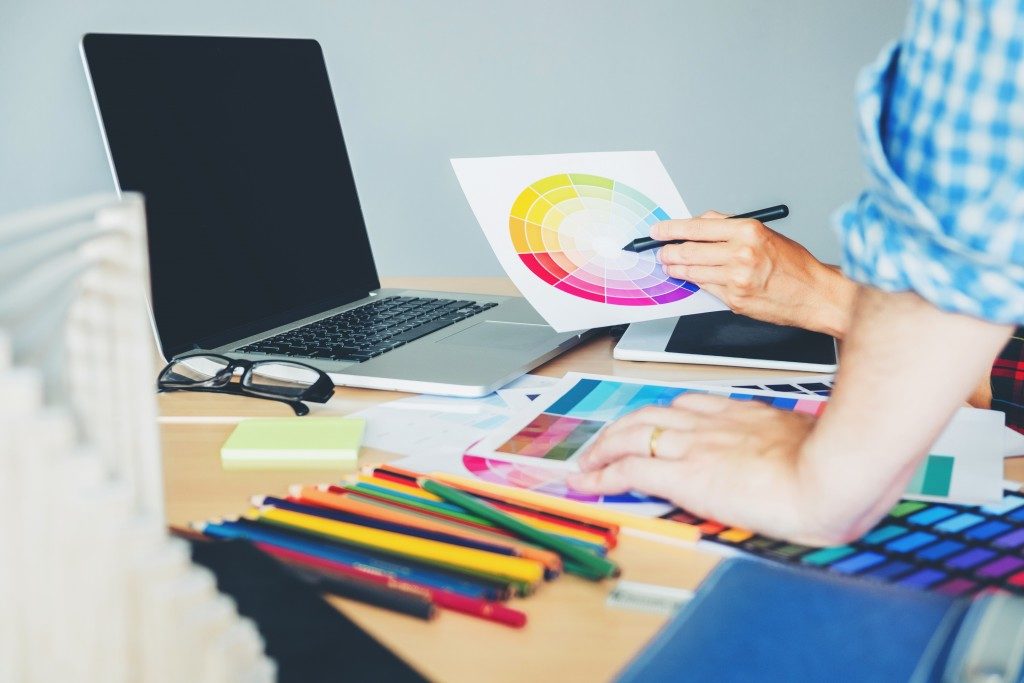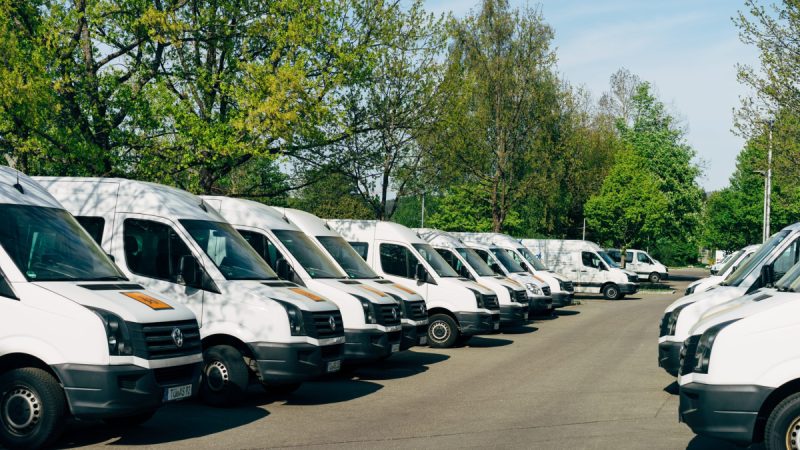How Graphic Designers Can Apply Environmental Ethics to Their Work Process

The state of the environment is a major concern in today’s world. Being eco-friendly is something that everyone – from individuals to big businesses – is striving to achieve. Graphic designers have an influential role in this movement. Their works promote awareness across media platforms and through physical signs, packaging, and print ads.
It’s not just about the design, though – the ethical integrity of the design process matters, from start to finish. A “green” or environmentally ethical designer will evaluate the materials and processes used in their work. When handing off the design to a printer, using eco-solvent ink on a biodegradable surface will greatly minimise the adverse impact of production. Partnering with individuals and organisations that adhere to responsible disposal practices is another way to make a stand.
Conserve power and maintain devices
Most graphic designers tend to work with software and are almost paper-free. But this incurs costs elsewhere, in terms of electricity and devices. Anyone working at a computer, in an air-conditioned space, can help the environment by being efficient and conserving power when the work is done. Apart from that, basic care and maintenance of our devices help them to last longer – reducing business overhead and the need to purchase a new device every couple of years and dispose of the old ones.
Work with natural light
Lighting is also an area where graphic designers can go green. No one likes working in the dark, but not all designers maximise the use of natural light. Ensure that your workspace gets the best possible illumination by daylight, and try to structure your working hours accordingly. You’ll not only save on electricity but enjoy better sleep and health benefits as well. When you must resort to artificial lighting, make sure to use low energy LED bulbs.
Don’t slash budget on print

Most graphic designers will be familiar with the “design triangle” – a Venn diagram of where quality, speed, and cost intersect. The main takeaway from this graphic is that the intersection of all three is an impossible utopia, so you have to settle for two. But what many don’t realise is that printers also operate on similar limitations. They can offer quality, speed, and affordability – but in practice, not all three.
This is particularly important when considering environmental safety. Printers can lower costs and offer faster output by using cheaper inks and materials. However, cheap inks contain a high amount of volatile organic compounds (VOCs) that are harmful to the environment and people’s health. Cheap surface materials also tend to be non-biodegradable. VOC-free inks and better materials cost more but minimise the impact on the environment.
As a designer, you may not always have full control over the physical output, but you do exert some degree of influence. And you can ultimately limit the adverse impact of production by designing in a minimalist style, using schemes like flat or light colours, a limited palette, and increasing negative space.
Know your partners
Even if you work alone for the most part, your design isn’t realised without collaboration and resources contributed by others. Other than your printer, consider the operations of your creative and fulfilment partners – packaging and delivery suppliers, for instance. The owner of your working space or office also has an impact on the overall carbon footprint of your work. Make an effort to gather information on your partners’ sustainable practices, and educate them if necessary.
Graphic design has played a vital role in raising awareness of the state of our environment. It’s equally important that graphic designers themselves embody the message of sustainability in the very work they do.




